In 2025, A4 thermal paper in Bangladesh has become a crucial item for businesses relying on thermal printers. Prices...
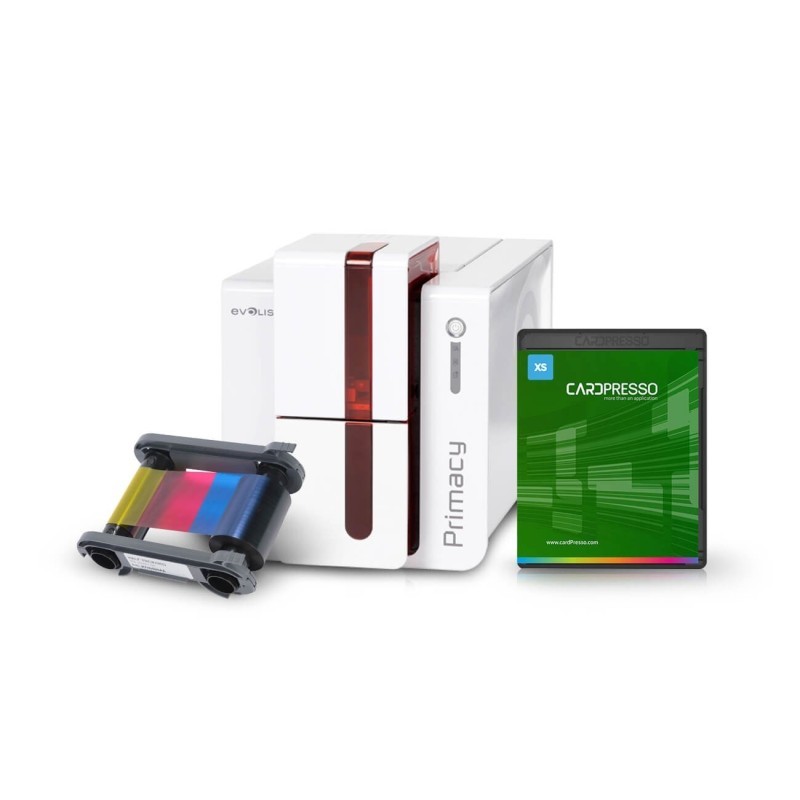
A Beginner's Guide to ID Card Printing
ID card printers is become an essential practice for businesses, educational institutions, government organizations, and various other sectors. With the growing need for secure identification and access control, having a reliable Id Card Printers is crucial. Whether you are a small business owner looking to implement employee badges or a large organization needing advanced ID solutions, understanding the basics of ID card printing can save you time, money, and hassle.
This guide will walk you through everything you need to know about ID card printers, from understanding the key components to the significance of ID card printing in various scenarios. By the end of this guide, you'll have a comprehensive understanding of how to choose the right Id Card Printers for your needs and how to optimize the ID card printing process.
ID Card Printing: An Overview
ID card printing involves creating personalized identification cards that serve various purposes such as employee identification, access control, visitor management, and more. The process requires specialized equipment, including ID card printers, ID card design software, and various supplies like printer ribbons, blank PVC cards, and cleaning kits.
The growing demand for security and efficiency in workplaces and other environments has made ID card printing a vital aspect of operations. From small businesses to large corporations, the need for customized ID cards has driven the development of advanced ID card printers that can produce high-quality cards with added security features.
Key Components of ID Card Printing
To successfully print ID cards, several key components must work together seamlessly. Understanding these components is essential to ensure the best results from your ID card printing process.
ID Card Printers
The heart of any ID card printing setup is the Id Card Printers itself. These specialized printers are designed to handle the unique requirements of ID card production, such as printing on PVC cards, encoding magnetic stripes or smart chips, and ensuring high print quality. Depending on your needs, you can choose from various types of ID card printers, including single-sided, dual-sided, and retransfer printers.
Single-sided printers print on one side of the card, making them ideal for simple applications like basic employee badges. Dual-sided printers can print on both sides of the card simultaneously, which is useful for more complex designs and additional information like barcodes or company logos. Retransfer printers use a different technology that results in higher print quality and better durability, making them suitable for high-security applications.
ID Card Design Software
To create the design of your ID cards, you'll need ID card design software. This software allows you to customize the layout, add text, images, and logos, and arrange the elements according to your specific requirements. Some software also includes templates and design tools that make it easier for beginners to create professional-looking ID cards.
The design software also plays a crucial role in encoding data onto the card, such as magnetic stripe information, barcodes, or smart chip data. Compatibility with your ID card printer is essential, so ensure that the software you choose works well with the printer you're using.
ID Card Supplies
ID card supplies include the materials you'll need to produce the physical ID cards. The most common supplies are printer ribbons, blank PVC cards, and cleaning kits.
Printer Ribbons
Printer ribbons are a critical component in the ID card printing process. They contain the ink that is transferred onto the blank PVC cards during printing. Printer ribbons come in various types, including full-color (YMCKO) ribbons, monochrome ribbons, and specialized ribbons for encoding.
Full-color ribbons are used to print photos, logos, and other colorful elements, while monochrome ribbons are ideal for printing text and barcodes. The "O" in YMCKO ribbons stands for the overlay, a protective layer that enhances the card's durability.
Blank PVC Cards
The foundation of any ID card is the blank PVC card. These cards are made from polyvinyl chloride (PVC) and are designed to be compatible with ID card printers. PVC cards come in different sizes, thicknesses, and colors, allowing you to choose the right type for your specific needs.
Some PVC cards also include additional features like magnetic stripes, smart chips, or holographic overlays for added security. When selecting blank PVC cards, consider the type of printer you have and the intended use of the cards.
Cleaning Kits
Maintaining your Id Card Printers is essential for ensuring consistent print quality and extending the life of your equipment. Cleaning kits are specifically designed to remove dust, debris, and ink residue from the printer's components. Regular cleaning helps prevent print defects and prolongs the life of your printer ribbons and other supplies.
Optional Encoding Devices
For organizations that require advanced ID card features, optional encoding devices can be integrated into the Id Card Printers. These devices allow you to encode data onto magnetic stripes, smart chips, or RFID tags. This capability is crucial for applications like access control, payment systems, and secure identification.
Significance of ID Card Printing
ID card printing plays a vital role in various aspects of business operations, security, and overall efficiency. Here are some of the key reasons why ID card printing is significant:
Access Control and Security
One of the primary reasons for ID card printing is to enhance access control and security within an organization. By issuing ID cards with encoded access information, businesses can restrict access to certain areas and ensure that only authorized personnel can enter sensitive zones.
Security features like holographic overlays, magnetic stripes, and smart chips further enhance the security of the ID cards, making it difficult for unauthorized individuals to duplicate or tamper with them. This level of security is crucial for organizations that handle sensitive information, valuable assets, or high-risk environments.
Employee Identification
Employee identification is another critical aspect of ID card printing. Providing employees with personalized ID cards not only helps in identifying them but also fosters a sense of belonging and professionalism. Employee ID cards often include photos, job titles, and other relevant information, making it easy for security personnel and colleagues to recognize each other.
In larger organizations, employee ID cards are also used for time and attendance tracking, access control, and even cashless payments in the cafeteria or vending machines.
Visitor Management
Managing visitors is an essential part of maintaining security and efficiency in any organization. Visitor management systems often rely on ID card printing to issue temporary badges to visitors, contractors, or guests. These badges can be customized with the visitor's name, company, and the areas they are allowed to access.
By printing visitor ID cards, organizations can easily track who is on the premises, how long they have been there, and ensure that visitors only access authorized areas. This helps prevent unauthorized access and improves overall security.
Time and Attendance Tracking
Time and attendance tracking is a critical function in many businesses, especially those with large workforces. ID card printers can create cards with encoded data that employees can use to clock in and out of work. This data is then integrated into the organization's time management system, providing accurate records of employee hours.
Automating time and attendance tracking with ID card systems reduces the risk of errors and ensures that employees are paid accurately for the time they work. It also streamlines the payroll process and helps managers monitor attendance patterns.
Brand Representation
ID cards also serve as a form of brand representation. By incorporating your company logo, colors, and design elements into the ID cards, you can reinforce your brand identity. This is particularly important for organizations that interact with the public or have employees who visit client sites.
A well-designed ID card can leave a lasting impression and contribute to a professional image for your company. It also helps in building trust with clients and customers, as they can easily identify representatives of your organization.
Emergency Preparedness
In the event of an emergency, ID cards can play a critical role in ensuring the safety and accountability of employees and visitors. Emergency preparedness protocols often include the use of ID cards to quickly identify individuals, access emergency contact information, and manage evacuation procedures.
For example, ID cards with encoded information can be used to access secure areas or retrieve important documents during an emergency. They can also help emergency responders identify personnel who may need assistance or have specific responsibilities during a crisis.
Workflow Efficiency
ID card printing contributes to workflow efficiency by streamlining various processes within an organization. From access control to time tracking, having a reliable ID card system in place ensures that these processes run smoothly and with minimal disruption.
By reducing manual tasks and automating certain functions, organizations can improve overall efficiency and focus on their core operations. This leads to cost savings, better resource management, and a more productive work environment.
ID Card Printing Process
The ID card printing process involves several steps, each of which is crucial to producing high-quality, durable ID cards. Understanding the process can help you optimize your setup and ensure that your ID cards meet your specific needs.
Designing the ID Card
The first step in the ID card printing process is designing the ID card. Using ID card design software, you can create a layout that includes the necessary elements such as photos, text, logos, and barcodes. The design should be clear, professional, and aligned with your organization's branding.
When designing the ID card, consider the placement of security features, such as holograms or watermarks, to prevent counterfeiting. Additionally, ensure that the design is compatible with the capabilities of your Id Card Printers.
Data Input and Encoding
Once the design is complete, the next step is data input and encoding. This involves entering the necessary information, such as employee names, job titles, and access permissions, into the design software. If your ID cards include magnetic stripes, smart chips, or RFID tags, this is also the stage where the data is encoded.
The accuracy of the data is crucial, as any mistakes could result in issues with access control or identification. Double-check the information before proceeding to the next step.
Printing Setup
Before printing the ID cards, you'll need to set up
the printer. This includes loading the printer ribbons, inserting the blank PVC cards, and performing any necessary calibration. Depending on the type of Id Card Printers you're using, you may also need to adjust settings like print quality, color balance, and encoding options.
Ensure that the printer is clean and well-maintained to avoid any print defects. Running a test print before starting the full batch can help you identify any issues and make adjustments as needed.
Printing the ID Card
With the printer set up and the design ready, you can now proceed to print the ID card. The Id Card Printers will transfer the design from the computer onto the blank PVC card, using the printer ribbons to apply the ink.
The printing process may vary depending on the type of printer you're using. This results in higher print quality and better durability.
Drying and Cooling
After printing, the ID card needs time to dry and cool before it can be handled or used. This is especially important if your cards include an overlay or lamination, as these layers require proper adhesion to the card surface.
Allow the cards to dry in a clean, dust-free environment to prevent smudging or contamination. Depending on the type of printer and the materials used, the drying time may vary.
Optional Lamination
For added durability and security, you may choose to laminate your ID cards. Lamination involves applying a protective film over the printed surface of the card, which can enhance its lifespan and protect it from wear and tear.
Laminated cards are more resistant to scratches, fading, and other forms of damage, making them ideal for high-use environments. Some laminates also include additional security features, such as holograms or UV printing.
Cutting and Finishing
Once the cards are printed and laminated, the next step is cutting and finishing. This involves trimming the cards to the correct size and shape, as well as rounding the corners if necessary. Some ID card printers have built-in cutters, while others may require manual trimming.
After cutting, the cards should be inspected for any defects, such as misaligned printing or damaged edges. Quality control is essential to ensure that the final product meets your standards and is ready for use.
Quality Control
The final step in the ID card printing process is quality control. This involves checking each card for accuracy, print quality, and overall appearance. Look for any defects, such as smudges, misprints, or incorrect data, and make sure that the cards meet your organization's requirements.
If any issues are found, they should be corrected before the cards are distributed. Quality control is a critical step in ensuring that your ID cards are professional, secure, and functional.
Key Considerations Involved in ID Card Printing
When it comes to ID card printing, several key considerations can impact the quality, security, and efficiency of the process. Understanding these factors will help you make informed decisions and optimize your ID card printing setup.
Printer Type Selection
Choosing the right printer type is one of the most important decisions in the ID card printing process. As mentioned earlier, there are different types of ID card printers, including single-sided, dual-sided, and retransfer printers. The type of printer you choose should align with your specific needs, such as the complexity of the card design, the desired print quality, and the volume of cards you need to produce.
For basic applications, a single-sided printer may suffice, while more advanced needs may require a dual-sided or retransfer printer. Consider the long-term needs of your organization and the potential for future growth when selecting a printer.
Print Quality and Resolution
Print quality and resolution are critical factors that determine the appearance and readability of your ID cards. Higher resolution printers can produce more detailed images and text, which is important for creating professional-looking cards.
When evaluating print quality, consider the type of images you plan to use, the level of detail required, and the overall design of the card. Keep in mind that higher resolution printers may also require more expensive supplies, so balance your need for quality with your budget.
Printing Speed
Printing speed is an important consideration, especially if you need to produce a large volume of cards in a short amount of time. Some printers are designed for high-speed printing, making them ideal for large organizations or events where time is of the essence.
However, faster printing speeds may come at the expense of print quality, so it's essential to find a balance between speed and quality that meets your needs. Consider the typical print volume and the time available for card production when selecting a printer.
Security Features
In today's security-conscious environment, security features are a key consideration in ID card printing. Depending on your organization's needs, you may require features like holographic overlays, UV printing, or encoding options for magnetic stripes, smart chips, or RFID tags.
These features add an extra layer of protection to your ID cards, making it more difficult for unauthorized individuals to create counterfeit cards or gain access to restricted areas. Consider the level of security required for your organization and choose a printer that supports the necessary features.
Card Design Software
The choice of card design software can significantly impact the ease and efficiency of the ID card printing process. Look for software that is user-friendly, offers a range of design tools, and is compatible with your Id Card Printers.
Some software options also include advanced features like database integration, batch printing, and automated encoding, which can streamline the process and reduce the risk of errors. Make sure the software you choose aligns with your specific needs and the capabilities of your printer.
Encoding Options
If your ID cards need to include encoded data, such as magnetic stripes or smart chips, you'll need to choose a printer that supports the necessary encoding options. These options are essential for applications like access control, time tracking, and secure payments.
When selecting a printer, consider the type of encoding required, the level of security needed, and the compatibility with your existing systems. It's also important to ensure that the design software you use can handle the encoding process efficiently.
Card Durability and Materials
The durability of your ID cards is influenced by the materials used and the printing process. For high-use environments, where cards are frequently handled or exposed to wear and tear, it's important to choose durable materials like laminated PVC cards.
Consider the lifespan of the cards, the environment in which they will be used, and any additional features like lamination or overlays that can enhance durability.
Integration with Existing Systems
For organizations that already have established access control, time tracking, or visitor management systems, it's important to ensure that the ID card printing process integrates seamlessly with these existing systems. Compatibility with your current software and hardware is crucial for efficient operations.
When choosing a printer, consider how it will fit into your existing workflow and whether it can be easily integrated with your current systems. This will help avoid disruptions and ensure a smooth transition to the new ID card printing process.
Budget Considerations
Budget considerations play a significant role in the decision-making process for ID card printing. The cost of printers, supplies, and maintenance can vary widely, so it's important to set a budget that aligns with your organization's needs and financial constraints.
Consider the total cost of ownership, including the initial purchase price, ongoing supply costs, and maintenance expenses. Look for a balance between quality, features, and cost that meets your organization's requirements without exceeding your budget.
Compliance with Regulations
Depending on your industry, there may be specific regulations or standards that your ID cards must comply with. These could include data protection laws, security standards, or industry-specific requirements.
Ensure that your ID card printing process complies with all relevant regulations and that your printer supports any necessary features or certifications. This will help you avoid legal issues and ensure that your ID cards meet the required standards.
FAQs for ID card printers
What are ID card printers used for?
ID card printers are used to create personalized identification cards for various purposes, such as employee badges, access control cards, visitor passes, and more. They print on PVC cards and can include features like photos, text, barcodes, and encoded data.
Can I print ID cards on a regular printer?
No, regular printers are not designed to print on PVC cards or handle the specialized inks and ribbons used in ID card printing. You need a dedicated Id Card Printers to produce high-quality, durable ID cards.
What is the difference between single-sided and dual-sided ID card printers?
Single-sided ID card printers print on one side of the card, while dual-sided printers can print on both sides simultaneously. Dual-sided printers are ideal for more complex designs that require additional information on the back of the card.
How do I choose the right Id Card Printers?
Choosing the right Id Card Printers depends on factors like the volume of cards you need to produce, the complexity of the card design, the desired print quality, and any security features you require. Consider your organization's specific needs and budget when selecting a printer.
What is a retransfer Id Card Printers?
A retransfer Id Card Printers uses a two-step process to print on PVC cards. The design is first printed onto a transfer film, which is then applied to the card. This method produces higher print quality and better durability than direct-to-card printing.
How often should I clean my Id Card Printers?
Regular cleaning is essential to maintain print quality and extend the life of your Id Card Printers. Most manufacturers recommend cleaning the printer after every 1,000 prints or as needed if you notice print defects or other issues.
Can I encode data onto my ID cards?
Yes, many ID card printers support encoding options for magnetic stripes, smart chips, and RFID tags. This allows you to include data for access control, time tracking, and other applications.
What are the benefits of laminating ID cards?
Laminating ID cards adds a protective layer that enhances durability and protects against wear and tear. Laminated cards are more resistant to scratches, fading, and damage, making them ideal for high-use environments.
Conclusion
ID card printing is a vital aspect of modern business operations, contributing to security, efficiency, and professionalism. By understanding the basics of ID card printers, design software, and the printing process, you can create high-quality ID cards that meet your organization's specific needs. From choosing the right printer to ensuring compliance with regulations, this guide has covered the key components and considerations involved in ID card printing. Whether you're a beginner or an experienced professional, having a solid understanding of ID card printing will help you make informed decisions and optimize your setup for success.
Investing in the right equipment and following best practices will ensure that your ID cards are not only functional but also durable and secure. With the right tools and knowledge, you can create ID cards that enhance security, streamline operations, and represent your brand with professionalism.


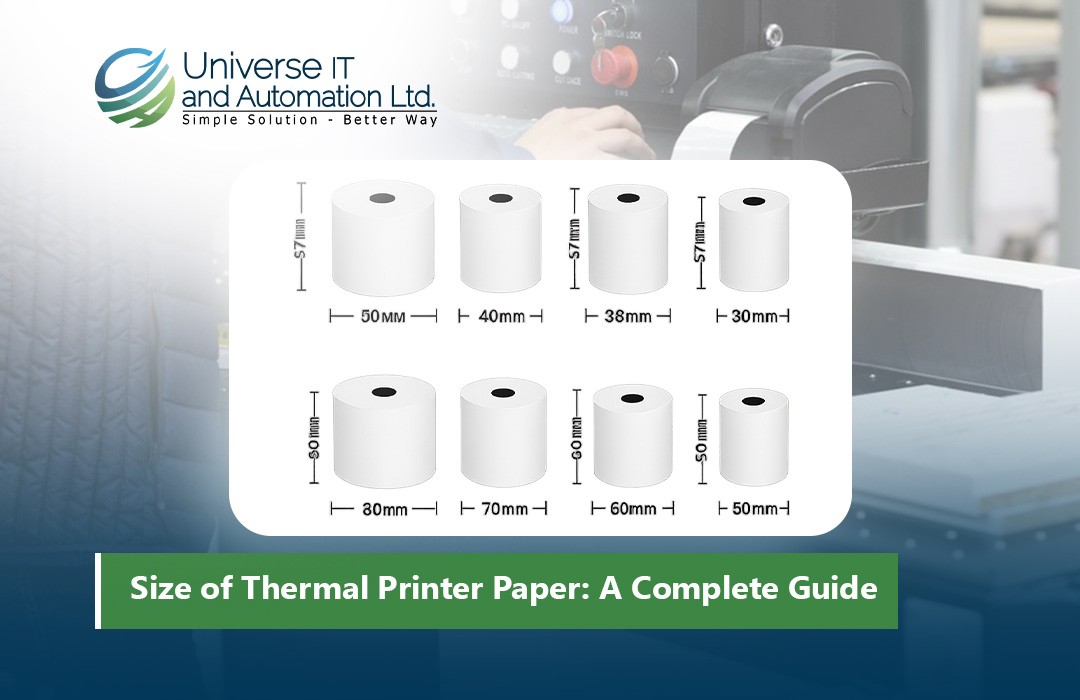
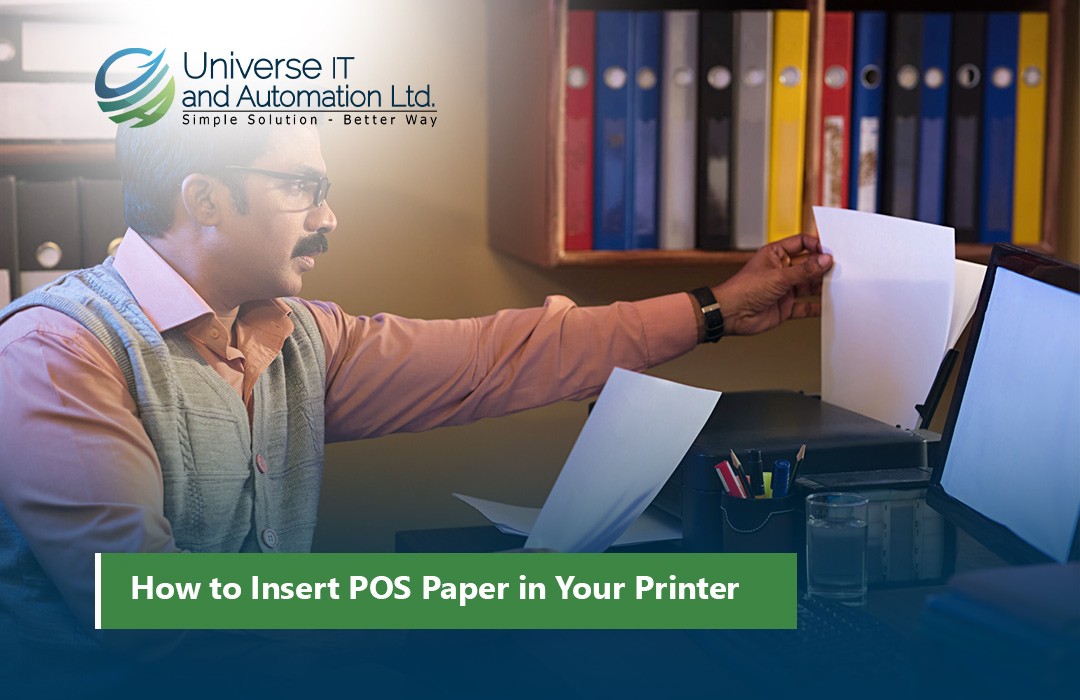
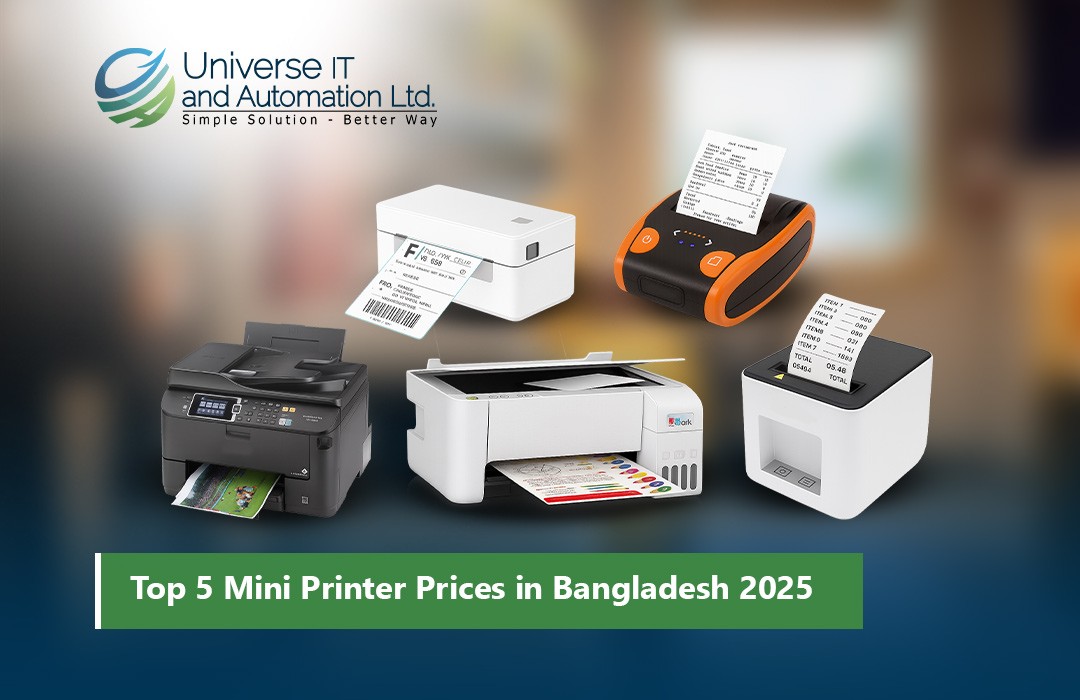
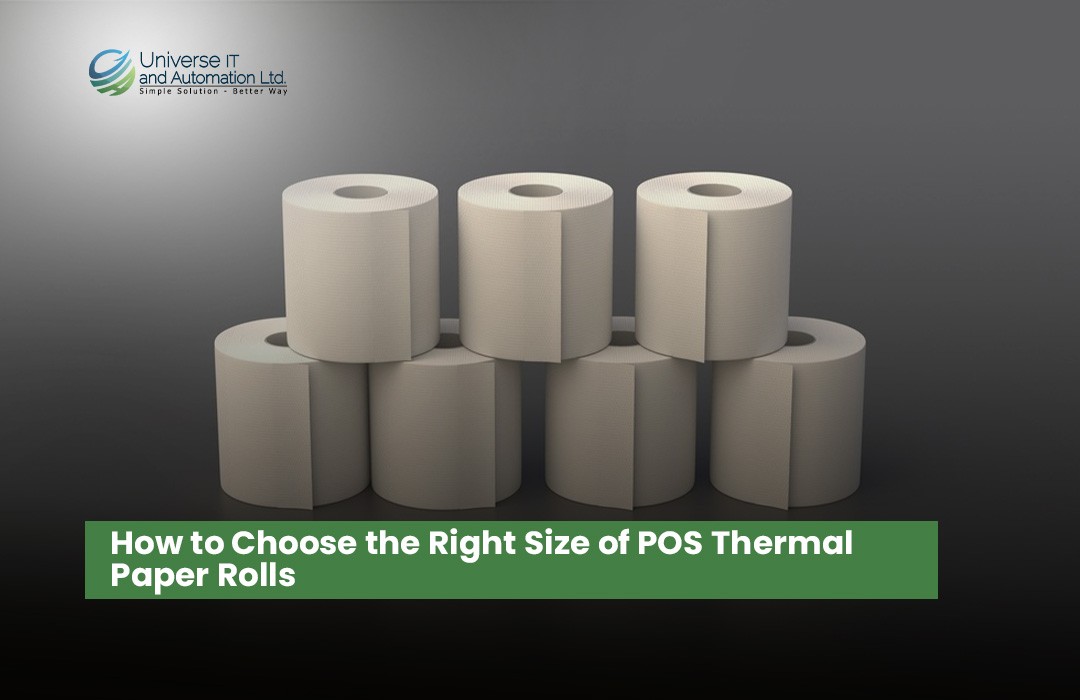
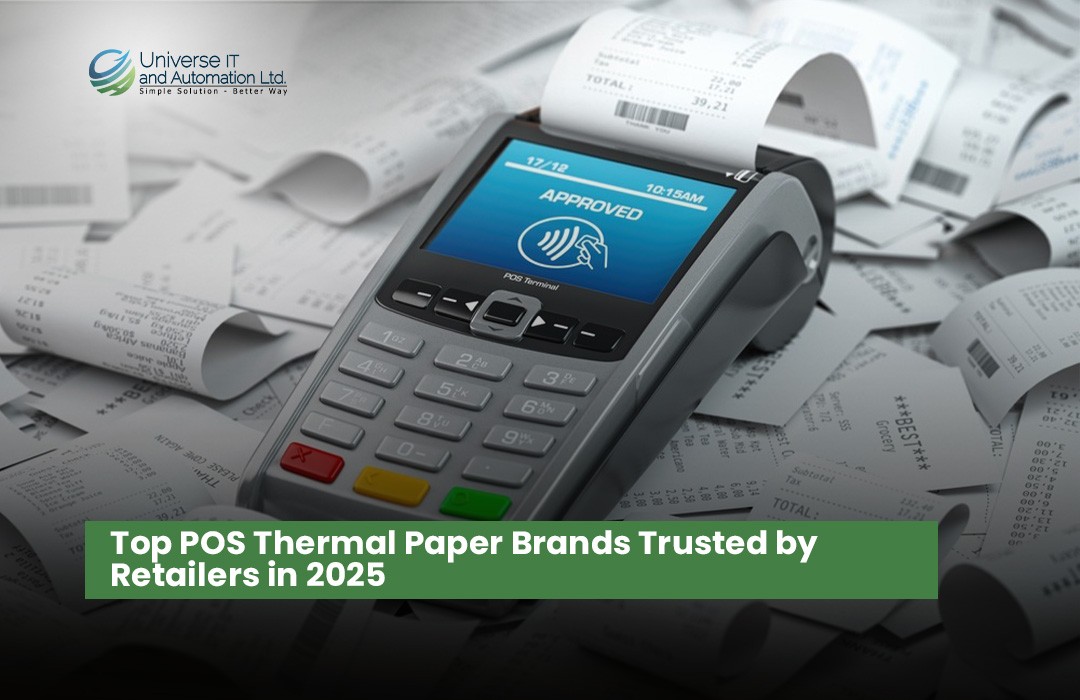

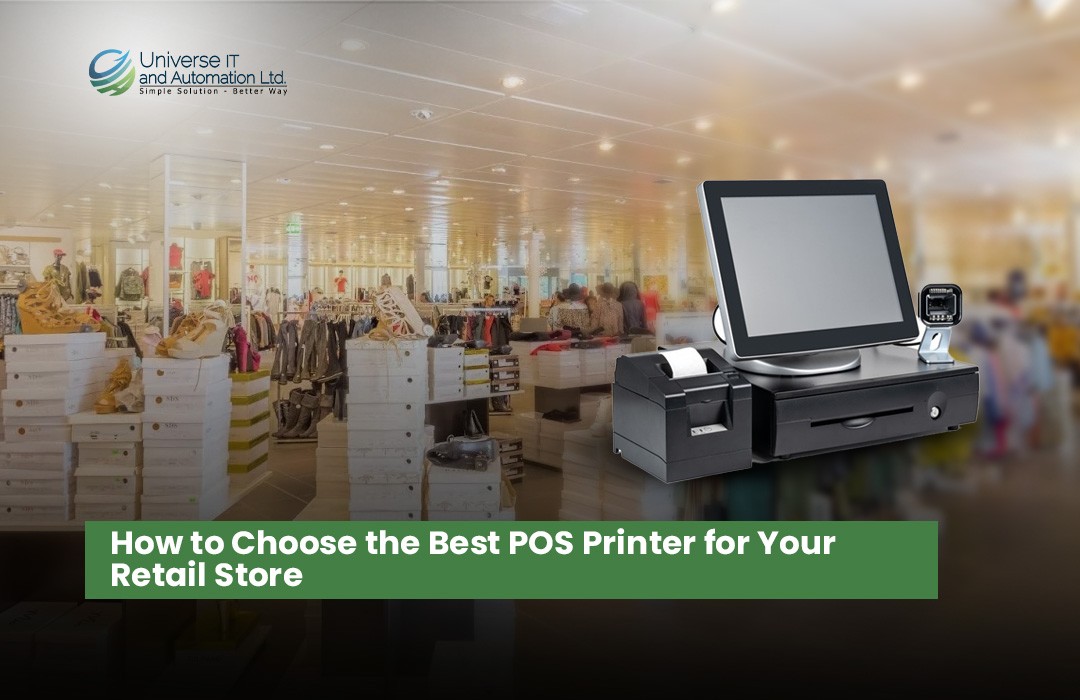


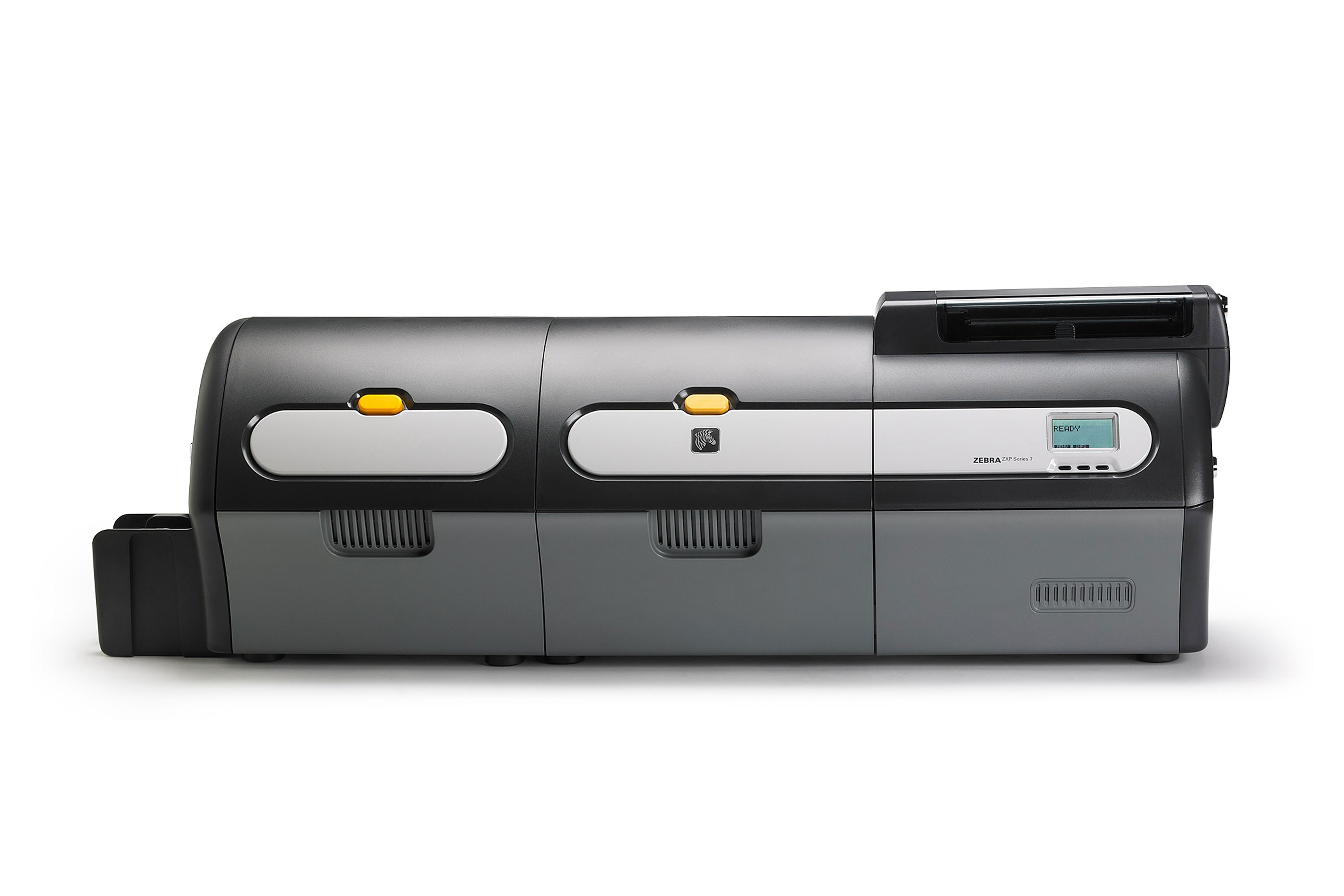
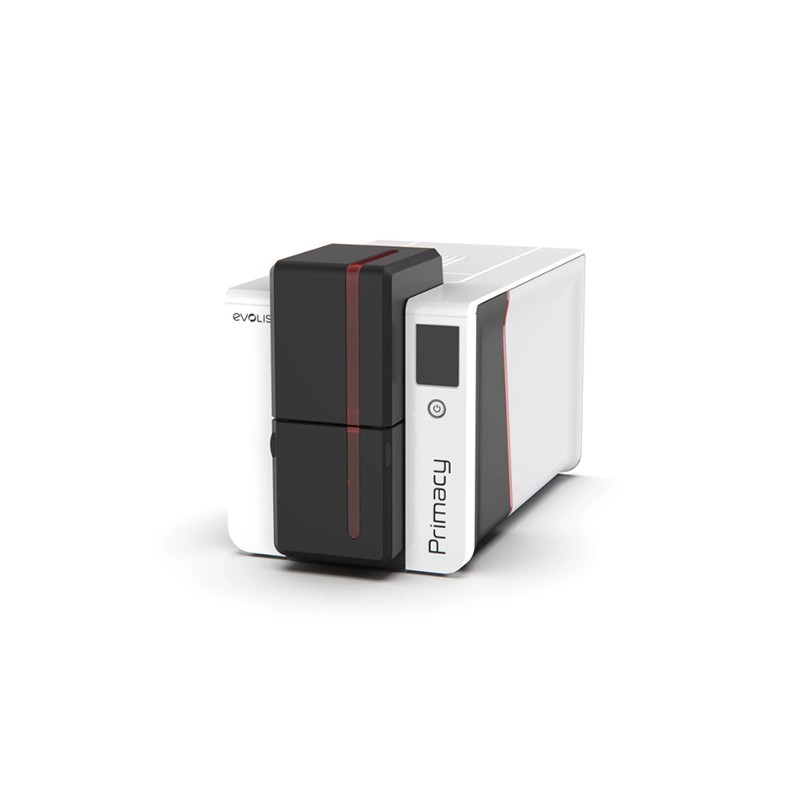

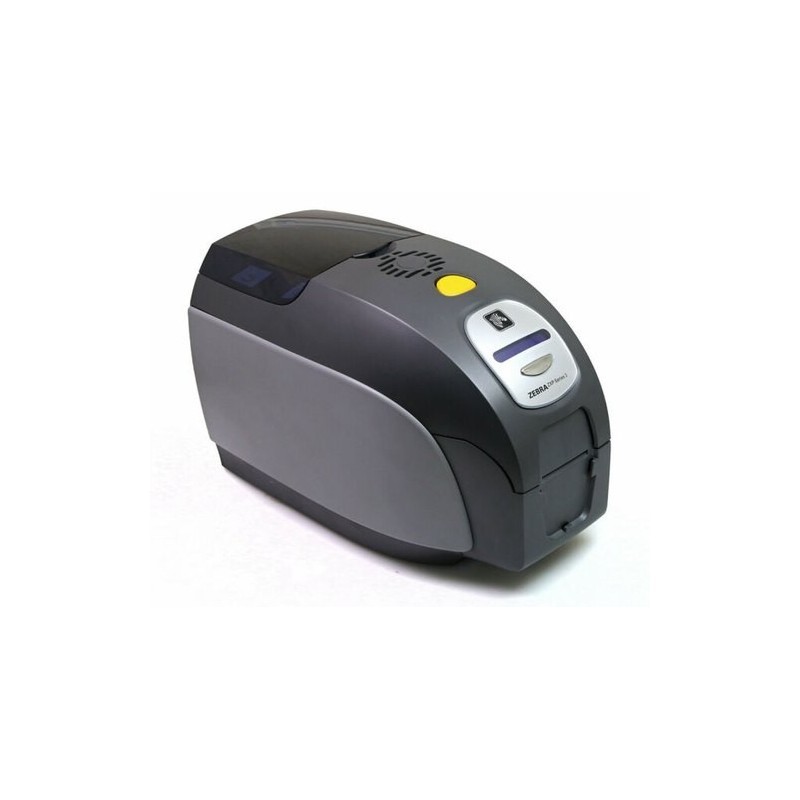
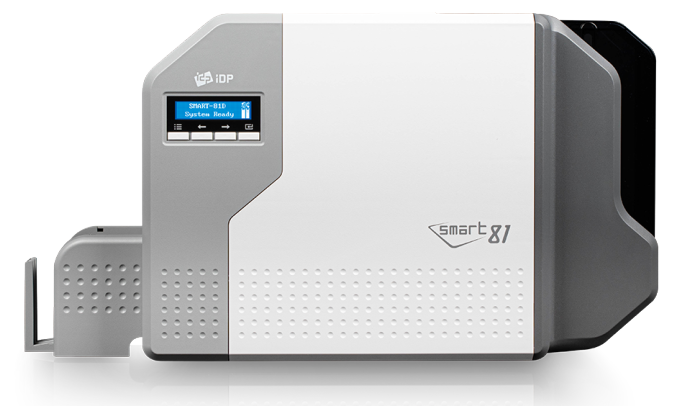
Leave a comment